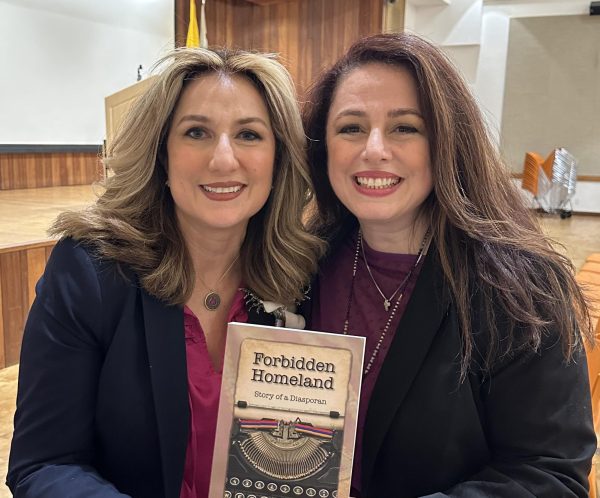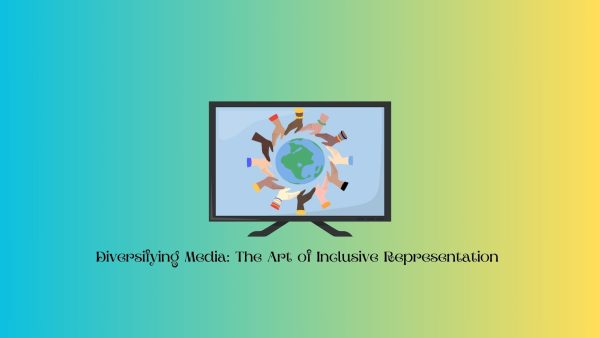Boys and Girls
Photo courtesy of Kevin Weinberg
A barrier that separates the sexes forces each to conform to their own set of stereotypes.
Boys wear blue, girls wear pink; that’s how it has always been. Rigid boundaries separating gender-based ideas have been intact since the earliest civilization. Whether it be the way people dress, the hobbies they like, or the way they act; there is always a stereotype for each gender to conform to.
If someone goes into a store to buy toys for children, there would most likely be two separate aisles: one completely pink filled with dolls, and the other completely blue with cars and action figures. This can be problematic because it implements this idea of a preassigned lifestyle into adolescents.
In recent years, a few stores have been trying to integrate gender neutral products and abolish traditional store set-ups. For example, Target announced in 2015 that “it would get rid of signs labeling toys for boys or for girls” (The Guardian). This benefits children because it allows for them to choose and play with whatever they want instead of being limited to only a selection of items. Letting children be who they want allows for them to grow up healthy with a strong self-esteem.
Lego and puzzles are usually toys for boys that teach spatial skills, while dolls that are usually toys for girls provide an understanding of empathy and how to take care for another person. “Both genders lose out if we put kids on one track and they can’t explore,” says Dinella, an associate professor at Monmouth University and Principal Investigator of the Gender Development Laboratory. This is true; letting children have access to different types of toys encourages them to be more open-minded.
However, even with big companies like Target trying to abolish the firm line segregating genders, there are still a lot of things that needs to change. For example, young girls in school are often sent out of class for wearing clothing that reveal too much skin. A lot of the times, the school’s reasoning is that it distracts the boys. “Makayla King, 13, was sent home from Truro Junior High School in Nova Scotia” because her shorts were “too short and ‘distracting’ for male students” (National Post). Maddie Pynn, a Grade 11 student at Menihek High School was also sent home for wearing a “short dress” in very hot weather. By sending girls out of class because they’re distracting male students, the school is insinuating that a boy’s education is more important than a girl’s.

Procter and Gamble’s Always Super Bowl commercial seeks to empower girls everywhere by showcasing young girls and their interpretation of doing things #LikeAGirl.
It is terrible when little girls have to grow up feeling like they need to be perfect and act “like a lady” while little boys have to act“like a man” and conceal strong emotions. Since when was femininity a bad thing? Since when did the phrase “you throw like a girl” become frequently used in daily vernacular? With this phrase being used leisurely, young girls are influenced to feel bad about being a girl and that boys are superior. This isn’t the case; regardless of gender everyone should be proud of who they are.
Derick Ma (11) despises gender roles and misogyny. “Both sexes have the right to act, behave, and dress the way they want to,” he says. “They shouldn’t be limited to what gender stereotypes tell them be.” So, instead of telling girls to act “lady-like” and encouraging them to be good wives and daughters, encourage them to go to school, get a job, and be whoever they choose to be. Encourage boys to express themselves however they want instead of criticizing them for liking traditionally feminine things. If people start accepting each other despite the nonconformity to societal norms, an example can be made to the following generations and encourage change.

Amanda Chung is a senior at Yorba Linda High School. She has been a photojournalist for The Wrangler for three years now, and she also participates in...












